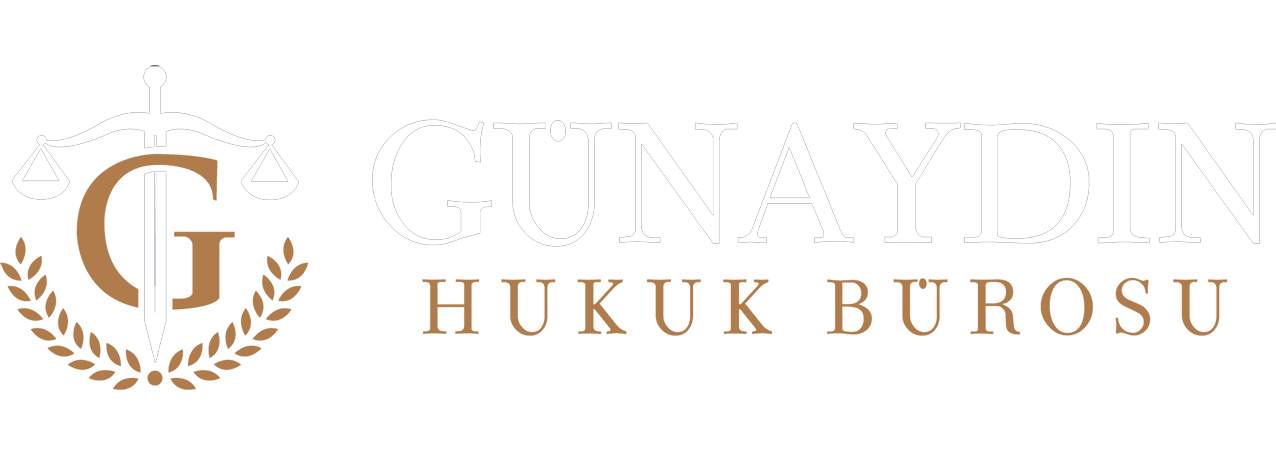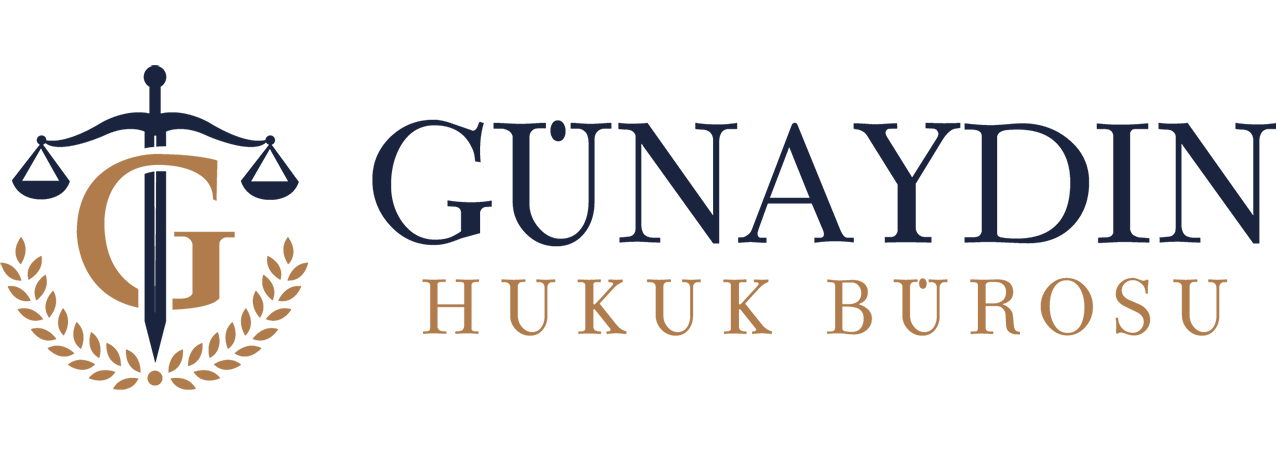Conceptual Confusion and Legal Distinction
Although often used interchangeably in the media, migrant smuggling and human trafficking are two completely different types of offences. While migrant smuggling is a crime that basically violates the border security and sovereignty rights of a country, human trafficking is a human rights violation that directly targets the freedom, honour and bodily integrity of the individual and is described as modern slavery. In this article, we will examine the definitions of these two important offences in the TPC, the main differences between them, their elements and legal consequences.
Smuggling of Migrants (TCK 79)
Article 79 of the TPC defines migrant smuggling as “a person who, directly or indirectly, with the aim of obtaining material benefits, illegally introduces a foreigner into the country or enables him to stay in the country, or enables a Turkish citizen or foreigner to leave the country”.
- Subject of the Offence Illegal crossing of borders.
- Aim of the Perpetrator: To obtain material benefit. This is the basic element of the offence. Helping someone for humanitarian reasons does not constitute this offence if there is no motive.
- Situation of the Victim: The so-called “illegal migrant” is usually in a consensual relationship with the perpetrator. The migrant’s aim is to reach another country and pays money to the organiser for this service. The relationship usually ends when the migrant reaches the destination country.
- Penalty: The penalty for the basic form of the offence is imprisonment from three to eight years and a judicial fine.
Qualifying Circumstances: The penalty is increased if the act constitutes a danger to the life of the victims, is committed by subjecting them to degrading treatment or is committed within the framework of the activities of an organisation. Especially the tragedies in the Aegean Sea, which resulted in deaths, are the most painful examples of these qualified cases.
Human Trafficking Offence (TCK 80)
Article 80 of the TPC defines trafficking in human beings as a very different and serious offence. This offence covers the acts of “introducing persons into the country, taking them out of the country, supplying them, abducting them, taking them from one place to another, transporting them or harbouring them by means of threats, pressure, force or violence, abuse of influence, deception or taking advantage of the possibilities of control over persons or their helplessness to obtain their consent with the aim of forced labour, service, prostitution, enslavement or the provision of body organs”.
- Subject of the Offence Buying and selling human beings as a commodity, exploitation and ignoring their will.
- Aim of the Perpetrator: To exploit the victim (prostitution, forced labour, organ trafficking, etc.).
- Status of the Victim: The victim is the person subjected to exploitation. Even if he/she consents at the beginning, this consent is legally invalid because it was obtained through methods such as threats, pressure, deception. The exploitation of the victim continues throughout the process. The victim is under the control of the perpetrator.
- Penalty The penalty for the basic form of the offence is imprisonment from eight to twelve years and a judicial fine.
Qualified Cases: The penalty is aggravated in cases such as committing the crime against children under the age of eighteen, committing the crime within the framework of the activities of an organisation or committing the crime by legal entities.
Main Differences Between the Two Offences
| Criteria | Smuggling of Migrants (TCK 79) | Human Trafficking (TCK 80) |
|---|---|---|
| Target | State border security | Freedom and honour of the individual |
| Relationship | A commercial service, usually consensual | Exploitation-based, consent invalid |
| Process | The relationship ends when the border is crossed | Exploitation is constant and continuous |
| Victim | Immigrant in the position of “Customer” | Exploited, enslaved person |
| Objective | Material benefit (carriage fee) | Continuous profit from exploitation (prostitution, forced labour) |
Protection of Victims and Legal Process
- Victims of human trafficking: Victims of trafficking in human beings are under special protection as victims of the crime. Victims are entitled to shelters, psychological and legal support, health care and “reflection time”. Their identity is kept confidential and they can benefit from witness protection programmes.
- Victims of migrant smuggling: “Migrants” in migrant smuggling usually face administrative sanctions (such as deportation) for entering the country illegally. However, in cases where the process turns into a human trafficking offence (e.g. forced labour through debt), they are also protected as victims of trafficking.
Smuggling of migrants and trafficking in human beings are global problems and crimes that Turkey faces intensively due to its geopolitical position. The correct legal distinction between these two offences is of vital importance for the administration of justice. While migrant smuggling is a crime against the sovereignty of the state, human trafficking is a modern form of slavery directly against human dignity. The task of the legal system is, on the one hand, to punish the organisers who violate border security in the most severe way, and on the other hand, to identify and provide the necessary protection and support to victims of human trafficking who are in the grip of exploitation and desperation.

